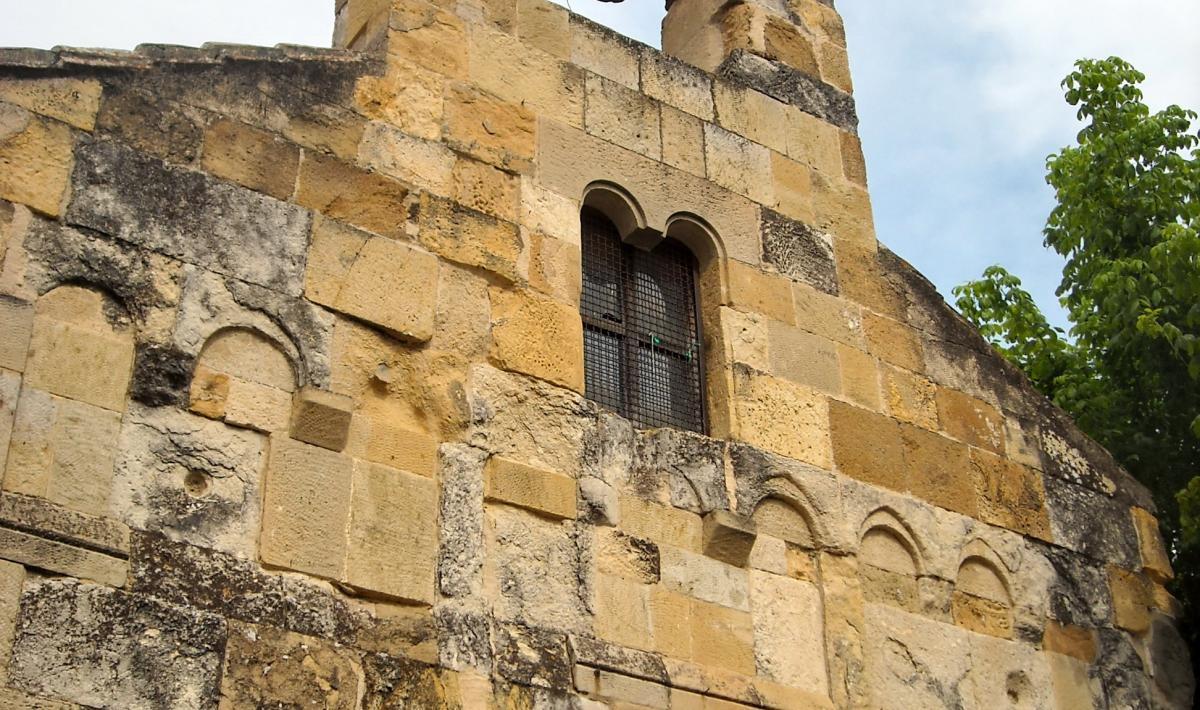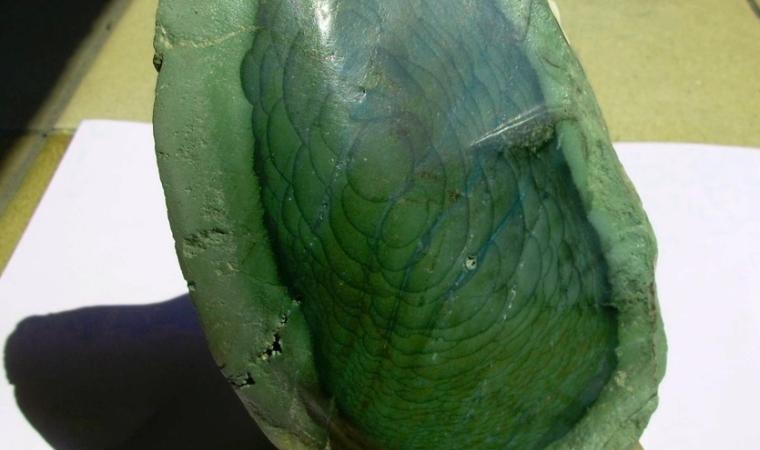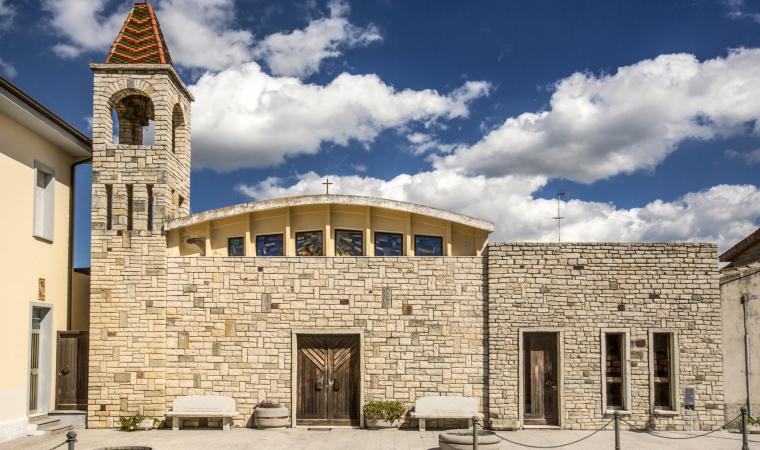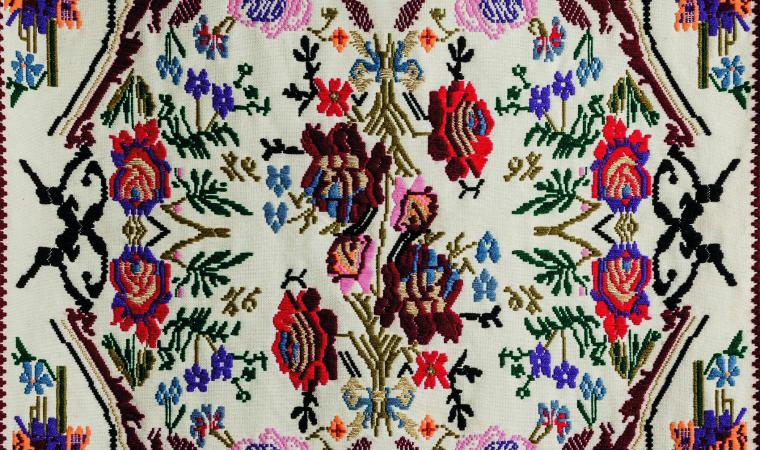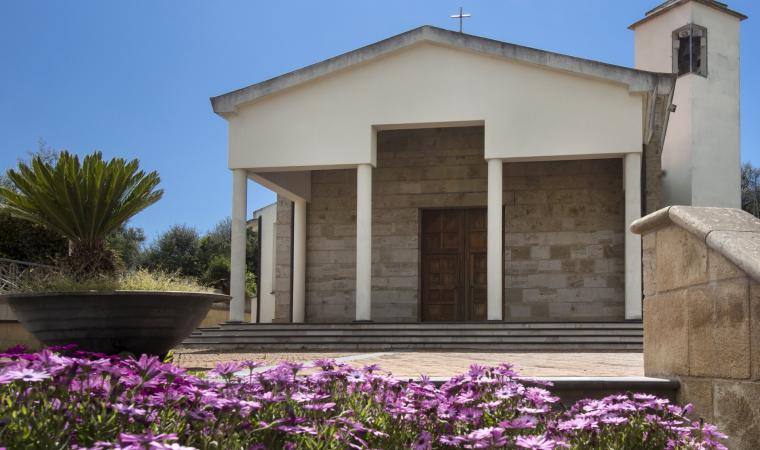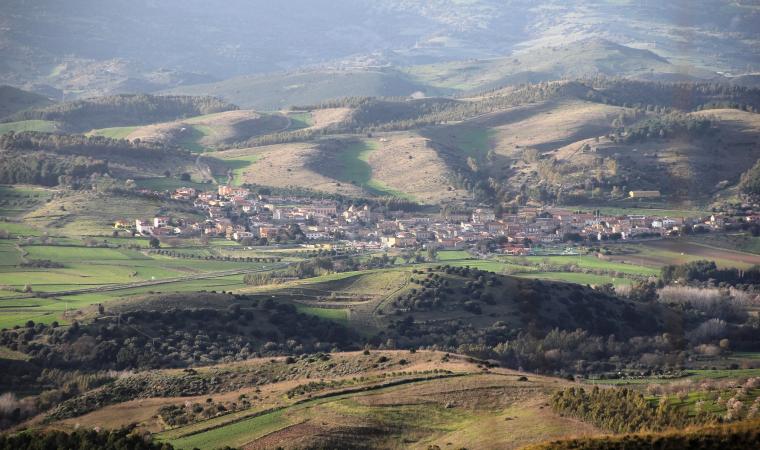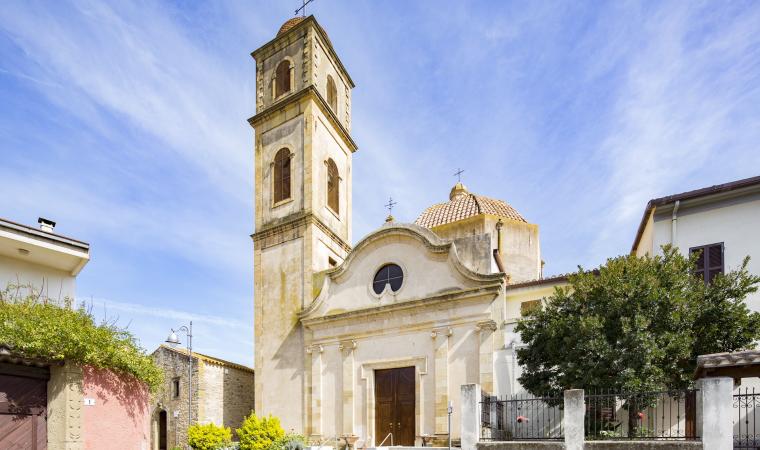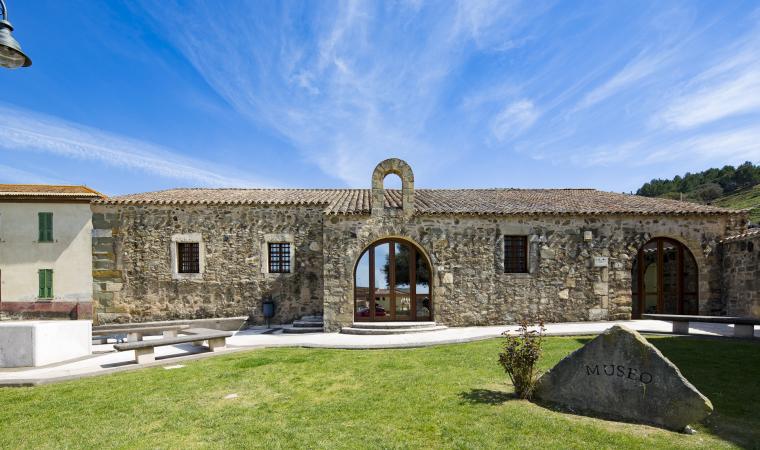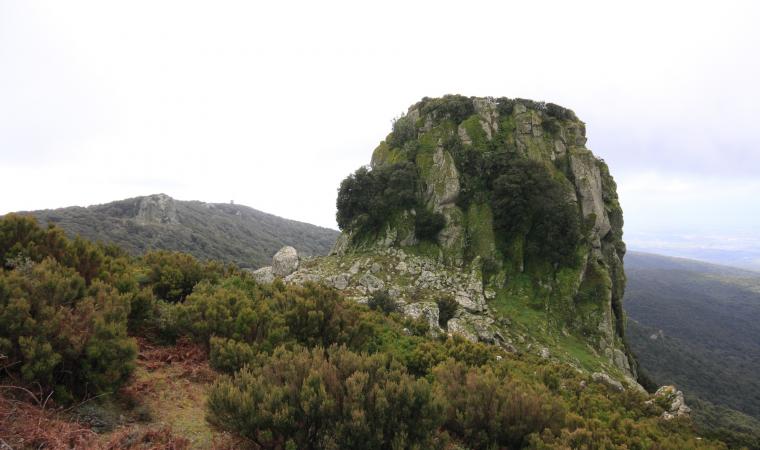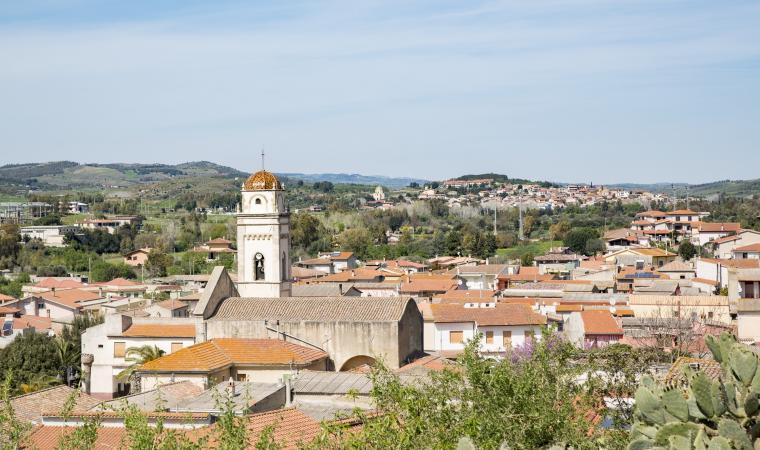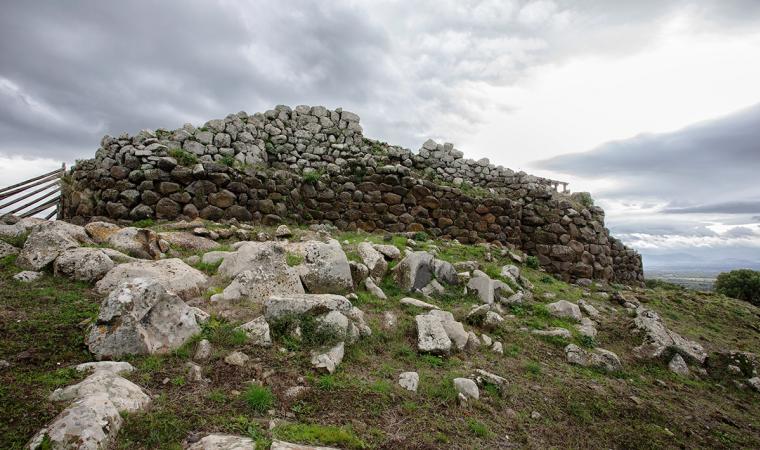Its foundations tell a story, which is older than what you see at first glance, made of legends, abandonments and the ‘secular’ reuse of it. The Church of San Leonardo is the oldest place of worship in Masullas, a municipality in the Alta Marmilla area, in a scenic position at the foot of Monte Arci. There are no documents attesting to the building and consecration of the church, but its construction features have led to the theory that it dates back to around the mid-13th century. During a recent renovation phase, the foundations of a pre-existing place of worship, perhaps from the Byzantine era, were discovered. The current building was constructed on top of the previous one, respecting its structure and orientation: a longitudinal layout, with a single nave and a semicircular apse facing north-east. Sandstone and trachyte blocks were used for its construction. You can see them on the façade, decorated with small false loggias, where a mullioned window and a large bell gable stand out, as well as the entrance portal – along the same axis – with a monolithic architrave and a relieving arch.

